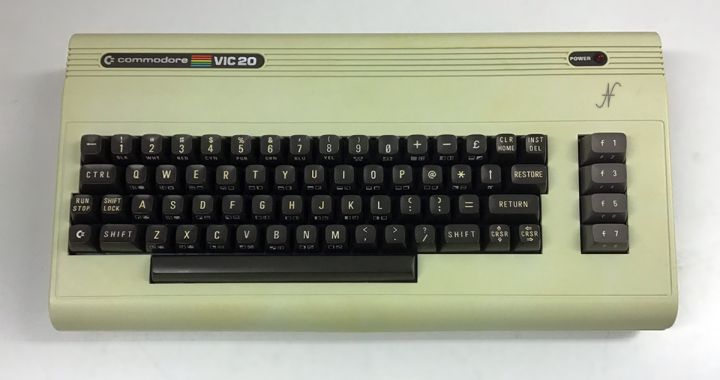Why did I buy a Commodore VIC-20?

I started planning as a child with the Commodore 64 we had in the family, subsequently replaced with the most modern and performing (for the time) Commodore 128. I recently happened to my old commodore 128 in my hands and ... I was wallanding the idea of creating a small collection of retrocomputer.
I therefore sifted through the various Internet sites for sale of used objects and started buying some old computers. Among the announcements was this Commodore Vic-20.
Although the price asked the seller was not exactly cheap, I opted for the purchase. The computer was in fact well kept and also equipped with its accessories: power supply, joystick, box recorder and several cassettes with videogames.
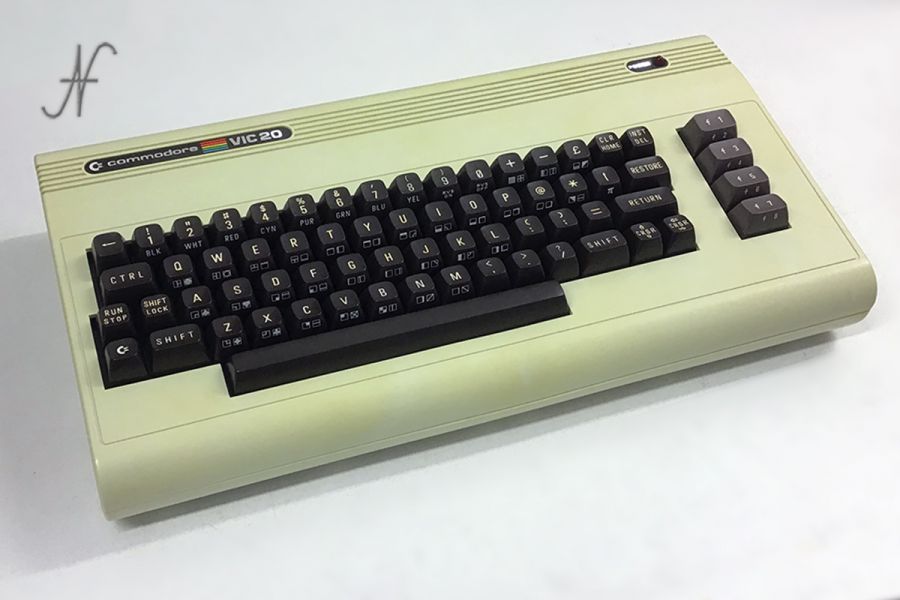
Commodore VIC-20, history and specifications
The Commodore Vic-20 was produced by the Commodore Business Machines Inc (CBM) since the end of 1980. Being, for the time, a rather cheap computer, several specimens have been sold (about 2,500,000).
It is a color computer, equipped with a 8502 and 5 kb 8 -bit processor of static ram memory. Only 3583 bytes of RAM are free for programs, so the apps, as we call them today, tend to be quite simple. An expansion door is available to increase the amount of RAM or for the Roma, containing apps or games that need more than 3.5 KB of RAM.

Commodore VIC-20, restoration
Buying a 40-year-old computer also means having to carry out a restoration. The computer was already working, so the restoration was quite simple.
After disassembling the case and separated all the components, I washed the container well with degreaser and cleaned the keyboard well.
The motherboard was quite dust-dirty, so I thoroughly cleaned and deoxidated contacts by appropriate spray.
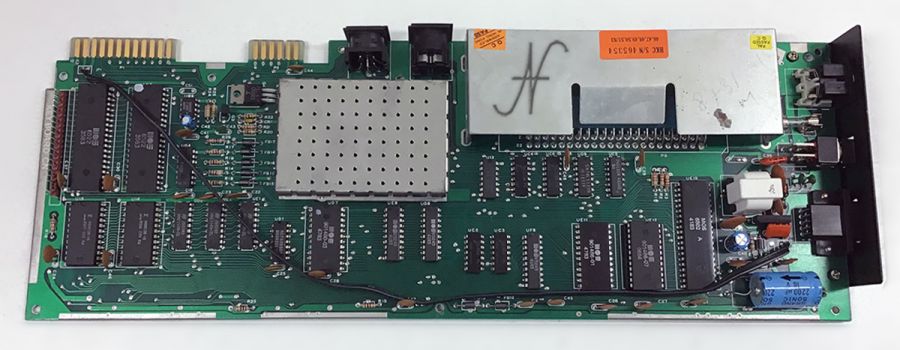
I replaced all the capacitors, also adding a capacitor that was not present on the motherboard. Evidently, to save on the components, some capacitors were not installed (I also found the same situation on other computers Commodore). Electrolytic capacitors have the function of filtering the supply voltage and, unfortunately, they have a defect: the liquid electrolyte inside, tends to evaporate over the years. That's why, on vintage electronic cards, electrolytic capacitors must still be replaced. In fact, some capacitors present on the motherboard had skills outside tolerance and losses.

Other types of capacitor and other components do not suffer from aging, as is the case with electrolytic capacitors, so they should only be replaced if damaged.
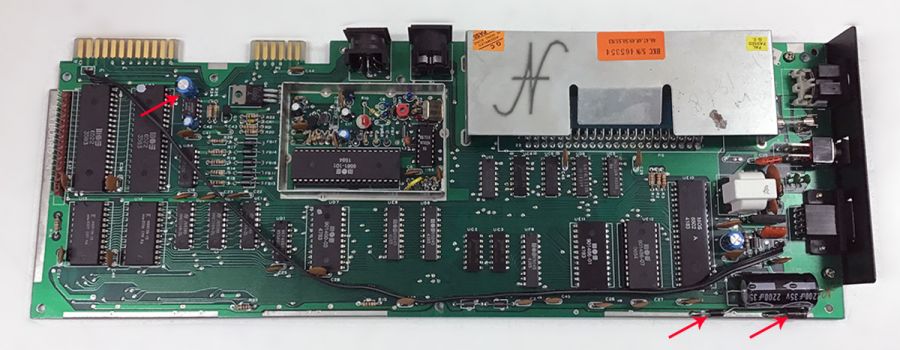
To complete the restoration, I also added two transil, which serve to protect the board from voltage transients, polarity reversal and surges.
Commodore VIC-20, the test
The final test gave good results. The computer is very beautiful and working in all its details.
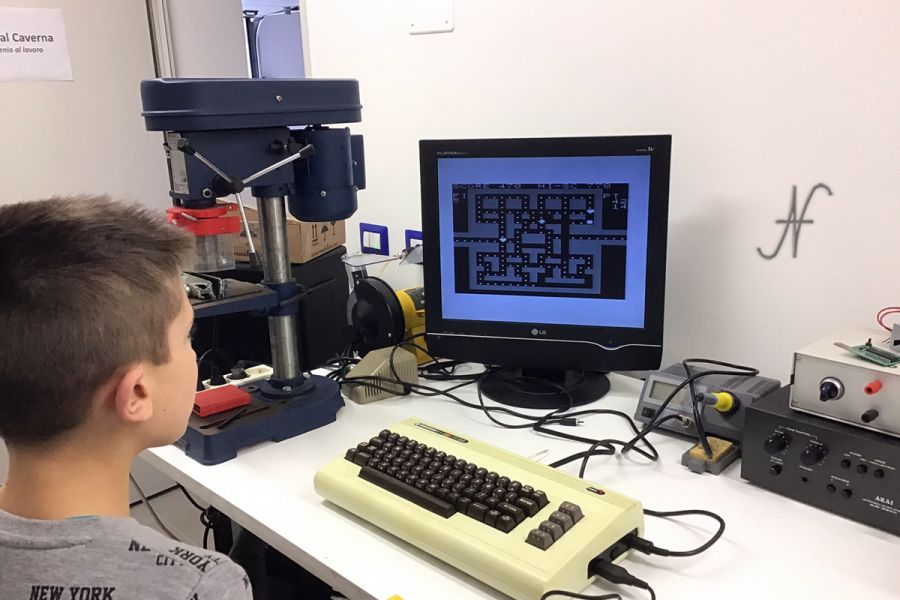
To load the games, you can use the C2N data recorder and use the boxes of the time.
Today there is also a floppy disc emulator, which allows you to load hundreds of games saved via a PC on a microSD card. The emulator is called SD2IEC, which connects to the serial door of the floppy disc and takes nutrition from the datassete door. The emulation takes place only on the serial of the floppy disc and the loading of the games is also quite fast.
There are also dating emulators, but these are slower, as the cassette player communication protocol provides for a transfer to 300 bauds, which corresponds to less than 50 bytes per second!
Of the emulator I wrote in this article.
Documentation
In support of this article, I also attach the Commodore VIC-20 Technical Manualand Commodore Datassette C2N Service Manual.
They are technical manuals that help you understand the operation of the circuits and can be convenient to carry out repairs.
